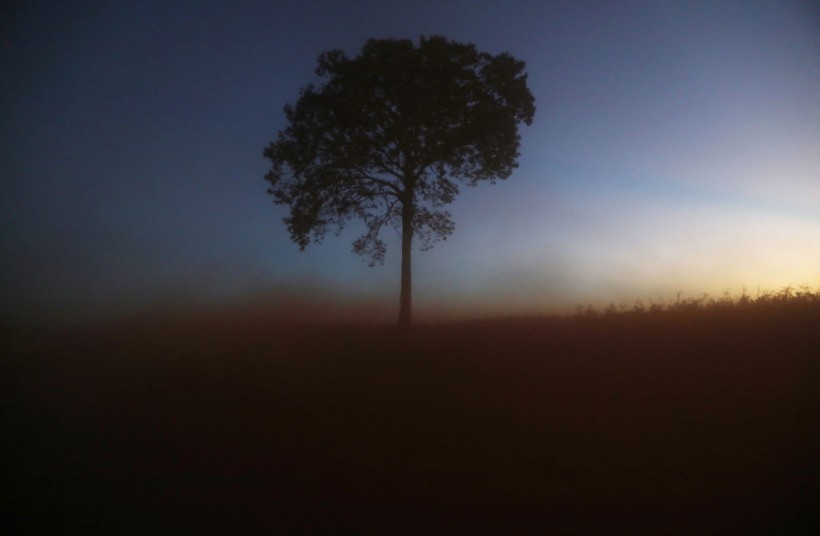NASA scientists have begun work on the "Tree of Life," a strange partnership of "singing trees" and spaceships. This time, the specialists decided to use this software to test the limits of technology.
Science fiction novel readers would recognize this collaboration. It may appear strange at first, but consider how it might function in the long term.

CHUPINGUAIA, BRAZIL - JUNE 28: A lone tree stands in a deforested section of the Amazon rainforest on June 28, 2017, near Chupinguaia, Rondonia state, Brazil. Deforestation is increasing in the Brazilian Amazon and rose 29 percent between August 2015 and July 2016. According to the National Institute for Space Research, close to two million acres of forest were destroyed during this timeframe amidst a hard-hitting recession in the country. According to the Environmental Defense Fund, 'Deforestation causes climate change on a global scale, and is responsible for about 15 percent of the world's greenhouse gas emissions."
NASA 'Tree of Life' Project Eyes Connecting Earth, Outer Space Through 'Singing Trees'
According to Interesting Engineering, a group of NASA scientists aimed to build a memorable duet that would not include people. Instead, some members of the space agency pioneered an unprecedented tree-spacecraft partnership.
In other words, the sent "music" will travel over radio waves and reach space via a mechanism in low Earth orbit. Meanwhile, the grove of trees will act as a project's antenna system.
This will not be a one-off partnership that lasts a few days, weeks, months, or even years. NASA's "Tree of Life Project" hoped to create long-lasting music that would survive two millennia.
The trees will have digital sensors attached to them. Signals will be picked up and converted into data points. They will then become frequencies that the spaceship will be able to receive. They will be transported to space by the spacecraft.
Julia Christensen, president of the Space Song Foundation, explained that fluctuations in temperature, water, and light at the trees would correspond to the parts of the song. The song's tone, melody, and volume will be affected by the periodic changes in the surroundings.
ALSO READ: NASA, USGS Landsat-9 Satellite: How Will This Probe Help Experts Examine Crop Health, Irrigation?
How the 'Tree of Life' Project Started
According to CNET earlier this week, the project catalyzed developing the Proxima B spacecraft. The exoplanet is suited for human existence, according to scientists.
While this appears to be conceivable at first, space travel might take a long period, possibly up to 6,300 years. One of the reasons NASA hoped to find an invention that would boost technical exploration is because of this.
According to the same source, the artists from the Space Song Foundation might have chosen a different theme for the "Trees of Life" project, but they decided on trees as communication networks instead.
A Kickstarter Project
The foundation has been seeking funds to make the "Tree of Life" idea more feasible. The campaign has raised more than $11,700 as of writing, with a goal of $15,000.
If the initial test is successful, the first two "singing trees" will be offered in Los Angeles and New York. The tracks are available to listen to in real-time.
In other space news, NASA said per Science Times that the century's longest lunar eclipse would occur this week. Scientists will also utilize the James Webb Space Telescope to examine the universe's astrochemistry elsewhere.
RELATED ARTICLE: Is NASA's Top Priority the Discovery of Other Kinds of Life and Possible Habitat Apart from Earth?
Check out more news and information on Space in Science Times.














